Dock Board and Dock Leveler Safety
Dock boards and dock levelers are one of many key elements for loading dock safety. Loading dock safety is paramount at any loading dock area. OSHA Standard - 29 CFR 1910.30(a) Dockboards (bridge plates).
ANSI - American National Standards Institute, is responsible for the safety, performance and testing of Dock Leveling Devices. MH30.1 - 2007, a revision of MH30.1 - 2000, is the standard, which was originally approved by ANSI on December 16, 1993, represents recommended safety practices and performance testing criteria that may be used in determining product utilization. It was developed to offer information to parties engaged in the manufacturing, marketing, purchase, or use of dock leveling devices. Note: The scissor dock lift leveler is covered with MH29.1:2008.
The Beacon® brand was one of the first companies to pass the ANSI MH30.1-1993 standard for its dock levelers on October 10, 1994 through 3rd party certification.
Dock board and dock leveler applications include truck trailer, ISO shipping container on truck service and rail dock leveling. Leveling types include hinged deck or loose plate. Design types include sliding, hinged lip and vertical storing. Anchoring types of dock leveling devices include dock-faced mounted, pit mounted, surface mounted and loose dock plates.
For proper safety, it is essential the dock board equation is calculated as a dynamic load moving across the leveling surface. During selection, it is important to identify if the dock board is rated as static or dynamic capacity. When selecting a dock board as a dock leveler verify the maximum lateral moving dynamic load and then double it for a dock board that is rated static. For example, if 20,000 lbs. is moving across the dock board, including fork lift, then a 40,000 lb. static dock leveler should be selected. However a dock leveler that is rated dynamic should handle the true maximum lateral moving dynamic load. For example, if 20,000 lbs. is moving across the dock leveler, including fork lift, then a 20,000 lb. dynamic dock leveler should be selected. Use this formula only as a guide and must verify this equation with each individual factory and model number selection in addition to each specific application.
Other calculations to consider for safety when selecting the proper capacity is the angle of the dock board transition between the concrete building floor and the truck or rail car bed. The best practice engineering takes into account when planning a building is the dock height. The more level the dock board transition from the building floor to the truck or rail car bed, will limit the fork lift impact on the dock board substructure, preventing less opportunity of deformation of deck and substructure over time.
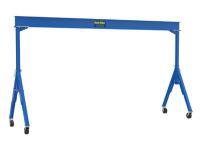 Browse 10 Products
Browse 10 Products Browse 20 Products
Browse 20 Products Browse 19 Products
Browse 19 Products Browse 17 Products
Browse 17 Products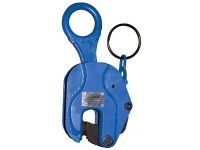 Browse 10 Products
Browse 10 Products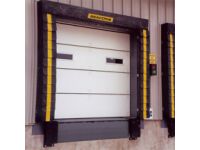 Browse 12 Products
Browse 12 Products Browse 6 Products
Browse 6 Products Browse 5 Products
Browse 5 Products Browse 3 Products
Browse 3 Products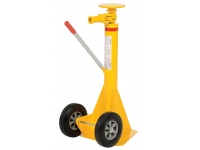 Browse 5 Products
Browse 5 Products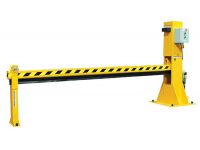 Browse 9 Products
Browse 9 Products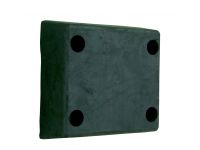 Browse 8 Products
Browse 8 Products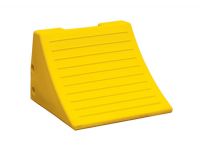 Browse 23 Products
Browse 23 Products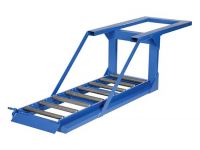
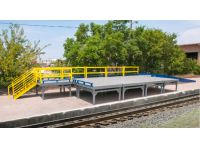 Browse 2 Products
Browse 2 Products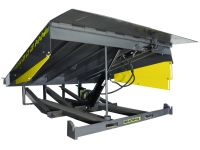 Browse 5 Products
Browse 5 Products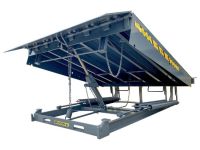 Browse 3 Products
Browse 3 Products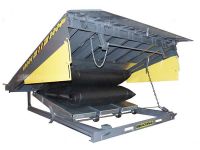 Browse 2 Products
Browse 2 Products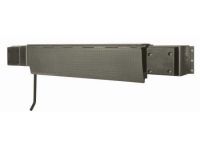 Browse 7 Products
Browse 7 Products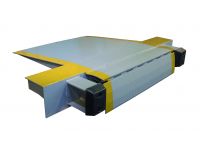
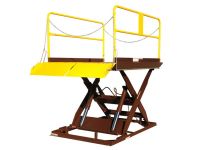 Browse 6 Products
Browse 6 Products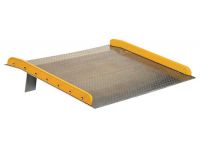 Browse 8 Products
Browse 8 Products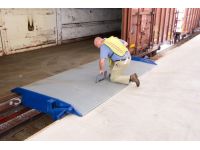
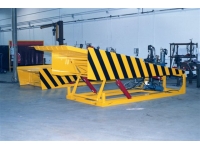 Browse 3 Products
Browse 3 Products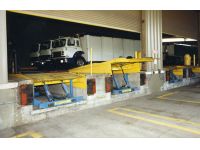
 Browse 14 Products
Browse 14 Products Browse 11 Products
Browse 11 Products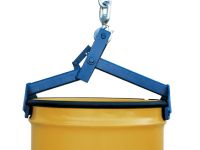 Browse 13 Products
Browse 13 Products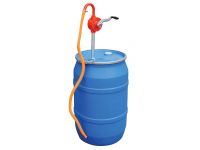 Browse 8 Products
Browse 8 Products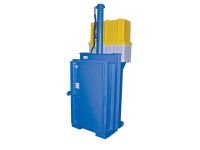 Browse 5 Products
Browse 5 Products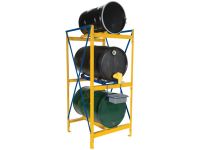 Browse 13 Products
Browse 13 Products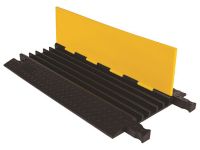 Browse 35 Products
Browse 35 Products Browse 4 Products
Browse 4 Products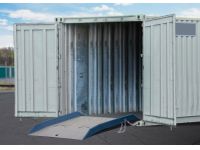 Browse 13 Products
Browse 13 Products
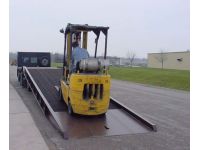 Browse 13 Products
Browse 13 Products Browse 21 Products
Browse 21 Products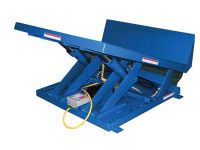 Browse 12 Products
Browse 12 Products Browse 14 Products
Browse 14 Products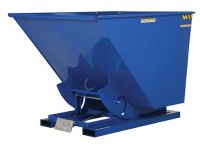 Browse 20 Products
Browse 20 Products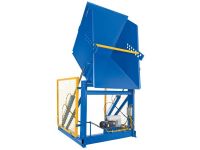
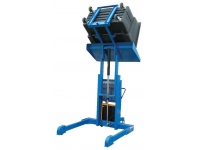 Browse 6 Products
Browse 6 Products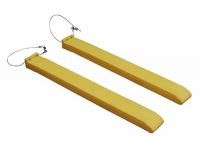 Browse 12 Products
Browse 12 Products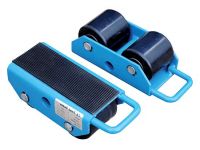 Browse 2 Products
Browse 2 Products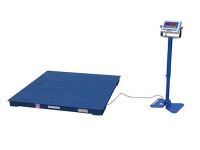 Browse 17 Products
Browse 17 Products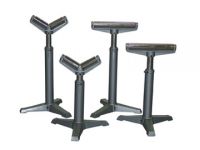 Browse 3 Products
Browse 3 Products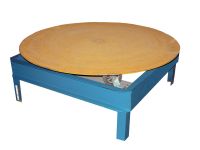 Browse 12 Products
Browse 12 Products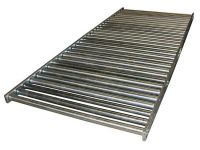 Browse 7 Products
Browse 7 Products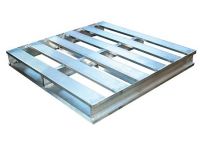 Browse 14 Products
Browse 14 Products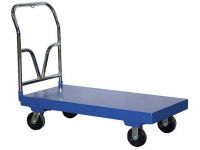 Browse 39 Products
Browse 39 Products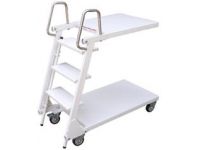 Browse 4 Products
Browse 4 Products Browse 14 Products
Browse 14 Products Browse 20 Products
Browse 20 Products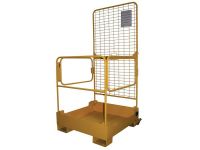 Browse 4 Products
Browse 4 Products Browse 17 Products
Browse 17 Products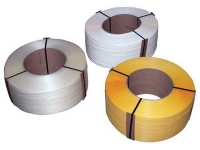 Browse 4 Products
Browse 4 Products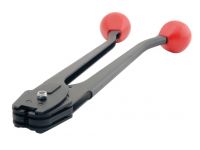 Browse 11 Products
Browse 11 Products Browse 27 Products
Browse 27 Products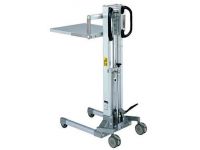 Browse 20 Products
Browse 20 Products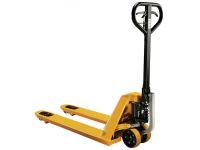 Browse 29 Products
Browse 29 Products Browse 8 Products
Browse 8 Products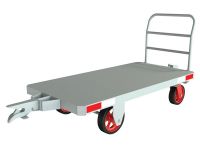 Browse 2 Products
Browse 2 Products Browse 4 Products
Browse 4 Products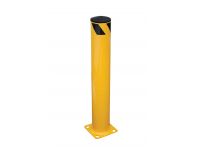 Browse 28 Products
Browse 28 Products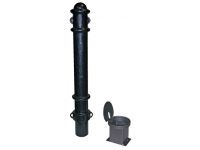 Browse 8 Products
Browse 8 Products Browse 21 Products
Browse 21 Products Browse 11 Products
Browse 11 Products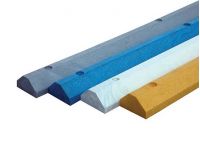 Browse 9 Products
Browse 9 Products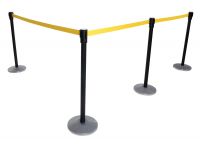 Browse 13 Products
Browse 13 Products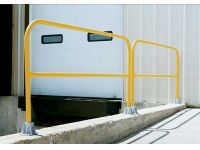 Browse 4 Products
Browse 4 Products Browse 4 Products
Browse 4 Products Browse 16 Products
Browse 16 Products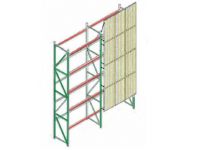 Browse 15 Products
Browse 15 Products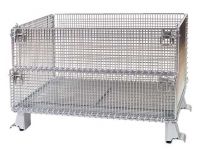 Browse 10 Products
Browse 10 Products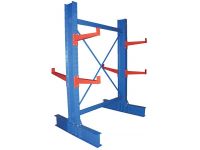 Browse 26 Products
Browse 26 Products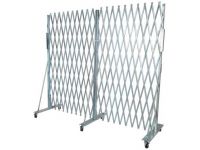 Browse 3 Products
Browse 3 Products